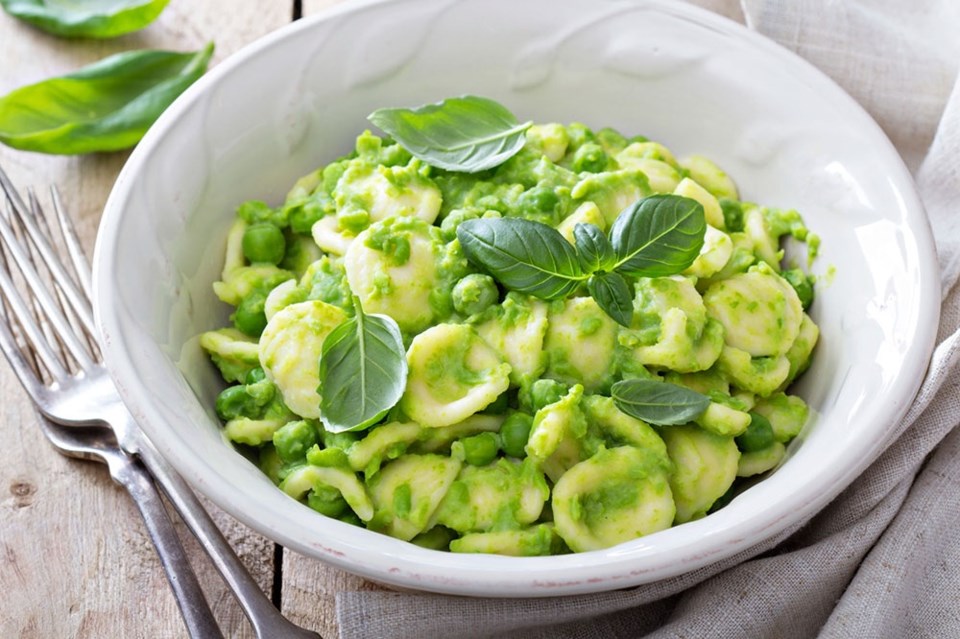When we hear the word “protein,” a lot of us automatically think of a nice, chunky piece of meat – probably steak, possibly barbecued. Or we might envision eggs or dairy (or, for serious gym-goers, protein powder). We’re the sort of people who often gasp in horror when an acquaintance goes vegan, because “How on Earth will you get enough protein?” There are many ways, actually, that vegans can hit their daily protein goals, but we’ll get to that shortly.
Protein is a very important part of human health. It’s a macronutrient, meaning it’s required in substantial amounts for a person to thrive. There are thousands of types of protein that play a part in various functions in the body – some are enzymes, some are hormones, some are even antibodies.
Hair and nails are actually made up of proteins; they’re an important building block of bones, cartilage, muscles, and even blood. These are only a few reasons why it’s crucial to consume enough good-quality protein every day. This goes for all humans, regardless of dietary preferences or ethics.
So, if you’ve been inclined to think that all vegans are slowly withering away as a result of protein deficiency: relax! You’ve been led down a very common, but very false, path.
But this isn’t to say your concerns are entirely unfounded. Meat is a complete protein, which means the human body is able to properly synthesize it because it contains all nine essential amino acids. (“Essential” means our bodies don’t produce them; therefore, we must get them from an outside source, AKA food). An incomplete protein (generally a non-meat protein) does not; thus, to make a complete protein, you must combine incomplete proteins together. In total, they have to contain enough of every essential amino acid to form a complete protein. For example, rice and beans make up a complete protein, as do nuts and legumes.
There are some exceptions to the rule, though. Quinoa is a complete protein all on its own, as are buckwheat and chia.
Here’s a handy guide to meeting all of your plant-based protein needs.
Green peas
Try exploring with them at your next meal, perhaps a green pea pesto? Or a green pea hummus? The possibilities are vast when you think outside of the box. Pair this legume with nuts, grains or seeds to make a complete protein.
Nuts and nut butters
Eat them raw, or in butter form. Swap out your regular peanut butter for some almond or cashew butter, your taste buds will thank you. Combine with legumes or grains to form a complete protein.
Chickpeas
Whether you blend it into hummus or just roast them in your oven, chickpeas are a great addition to a meal or a snack on their own. I would suggest swapping the canned ones for the dried ones that you can rehydrate on your stove or slow cooker. Just like green peas, you’re going to want to pair with nuts, grains or seeds to make a complete protein.

Recipe: Green Pea Pesto
Ingredients:
• 1 cup green peas (thawed if frozen)
• Handful of mint
• Handful of basil
• 3-4 cloves crushed garlic
• 1 lemon, juiced
• ½ tsp apple cider vinegar
• 2 tbsp pine nuts (or vegan cheese)
• ¼ cup extra-virgin olive oil
• Salt and pepper to taste
Directions:
• Combine everything in a food processor until blended. Enjoy on crusty bread or crackers, or over your favourite pasta.




